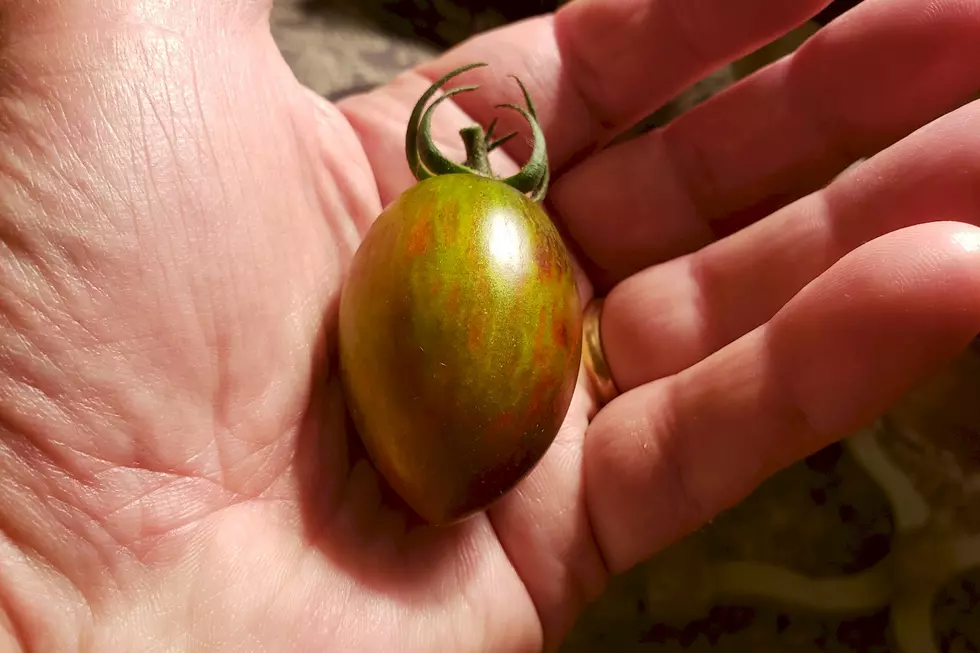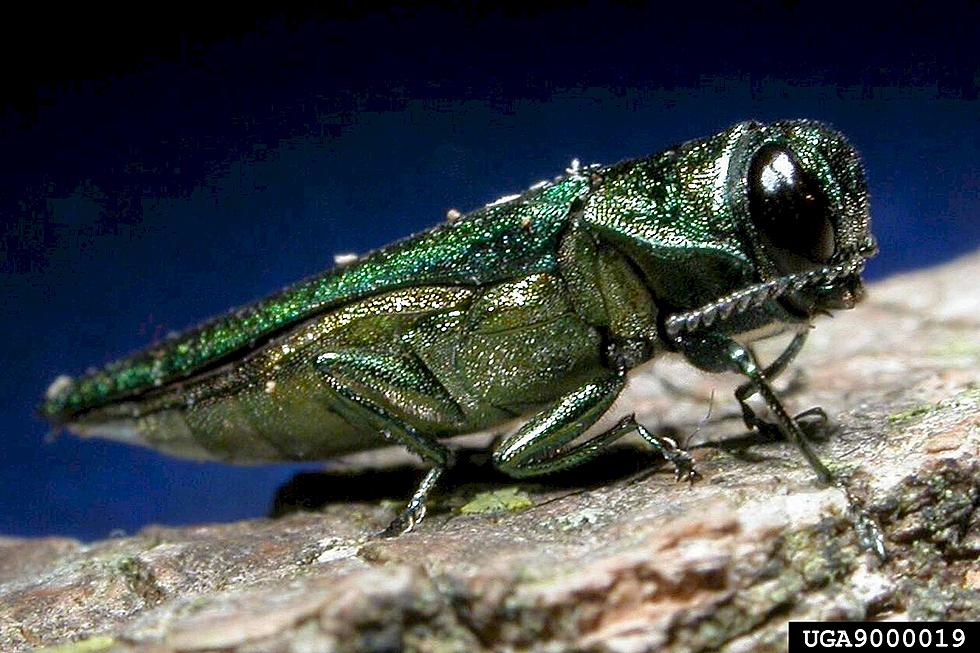
Garden Groove: Sharing Tricks of the Trade
Getting in the Garden Groove with John Schroeder: Tips and Tricks
The main thing that prompted me to begin doing these weekly musings on gardening is that I thought I might have something to share. I’ve said this from the beginning: I’m no expert in this particular activity/hobby. I’m not a formally trained horticulturist. I admire people who have completed the studies and trails necessary to eventually earn the title of “master gardener,” but I’m not one of them. I’m just a guy who has muddled his way through 40+ growing seasons.
You might say I have excessively raked, in the sun I’ve endlessly baked, and of some of life’s other activities I have “forsaked” in favor of spending even more time in the garden. And through all of that toil and trouble I’ve learned a few tricks that I love to share with anyone who has even a passing interest in this activity.
Green beans out of garden are truly a taste treat. Like many homegrown vegetables they tend to be more tender and flavorful than the ones you buy in the store – especially the first or second picking each year from your plants. I prefer pole beans to bush beans for one big reason – SPACE. The taste and texture of the actual beans is similar in my opinion with both of these varieties, but by growing pole beans up a fence I preserve precious ground space that I can use to plant other different veggies.
In a similar vein, I am not currently growing conventional winter squash -- varieties like buttercup and butternut -- or cucumbers because as vining plants they take up too much space. You can find varieties of BUSH squash and cuke seeds, and you could try those if you have a smaller garden space or if you’re like me and have a larger garden but one that still never seems quite big enough! Bush varieties of both of these vegetables can still end up vining out a bit, but you can always cut some of the “runners” to keep the plant better contained.
I love broccoli and cabbage, and when those plants produce their crop they aren’t necessarily done for the year. After cutting what hopefully is a decent-sized head both of these vegetables can continue to produce edible “after crops.” Broccoli plants often send up smaller “flowerettes” for weeks that you can continue to cut and eat. And with cabbage. if you carefully cut the main head off and leave the roots, stem and a few of the larger lower leaves intact, you will often get miniature secondary heads of cabbage forming in by the early fall.
Tomato plants can grow like crazy if you have good soil, incorporate somewhat regular fertilizer and have a year like this one in 2020 where there’s been plenty of sunshine and warmer temps. Tomatoes can get very bushy and make it difficult to walk between plants. Using tomato cages helps to a degree, but a trick that my dad taught me offers additional control. He used to tie tomato branches together with old nylon stockings that my mom had discarded due to having suffered the dreaded “runs.” Unlike rope or other possible tying material these stockings are relatively soft and don’t seem to damage the plants like other restraints can. They stretch slightly and you can cut them to whatever length you need. My understanding is that millennials don’t wear nylons as much as previous generations did. So you may need to ask “more experienced” female family members or friends if they have any old unwanted stockings tucked away in a drawer somewhere.
Finally, don’t be afraid to buy garden seeds at virtually any time of the year. I think many people tend to only buy seeds in the late winter (if they’re starting their own plants at home) or in the spring (if they’re sowing them directly into their garden.) But I buy seeds from time to time throughout the year. Seeds are often discounted in price in the mid and late summer months as garden centers try to sell out of that year’s remaining stock. If you keep your seeds in a cool, dry place (I use freezer bags and old plastic mayo jars and store them in our basement) they’ll often stay viable and will germinate for two or even three seasons. You save money, you get a head start on what you’ll need for the next gardening season and you help out a retailer who just wants to get rid of some product.
These are just a few of the tricks I’ve learned over the many years I’ve kept my nose in the garden. I’d love to hear about trusted techniques that you employ in your growing space. Feel free to reply to this article.
Next week: Growing for canning and drying
John Schroeder is a sales guy at Townsquare Media St. Cloud, but in his past life, he was an on-air personality specializing in sports. But what really turns his crank is getting out in his 28 x 15 foot vegetable garden several times a week nurturing, eventually harvesting (and sometimes sharing) homegrown food.

13 Minnesota Slang Terms Everyone Should Know
More From AM 1240 WJON









